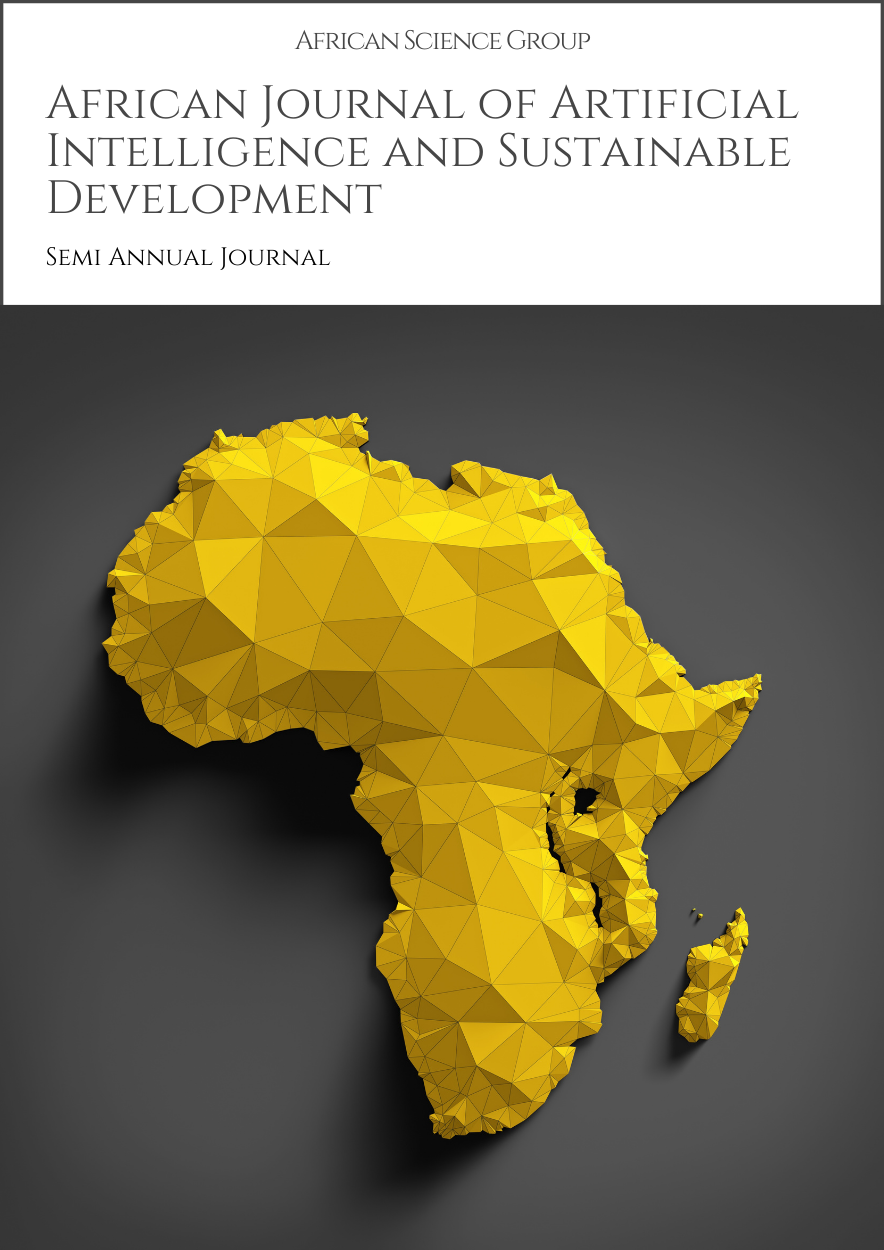Image Quality Assessment - Metrics and Models: Analyzing metrics and models for assessing the quality of images, including subjective and objective evaluation methods
Published 01-01-2022
Keywords
- Image Quality Assessment,
- IQA Metrics

This work is licensed under a Creative Commons Attribution-NonCommercial-ShareAlike 4.0 International License.
Abstract
Image quality assessment (IQA) plays a crucial role in various applications, such as image compression, transmission, and enhancement. Evaluating the quality of images is essential for ensuring that they meet the desired standards and are perceived well by viewers. This paper provides a comprehensive analysis of metrics and models used for image quality assessment, covering both subjective and objective evaluation methods.
The subjective assessment involves human observers who rate the quality of images based on their visual perception. Objective assessment methods, on the other hand, use computational models to measure image quality automatically. This paper discusses popular subjective assessment methodologies, such as the Absolute Category Rating (ACR) and the Single Stimulus Continuous Quality Evaluation (SSCQE), highlighting their strengths and limitations.
Furthermore, the paper explores various objective metrics, including the Structural Similarity Index (SSIM), Peak Signal-to-Noise Ratio (PSNR), and the recently developed Learned Perceptual Image Patch Similarity (LPIPS) metric. These metrics quantify image quality by comparing the original image with a distorted version, providing a numerical score that reflects the perceived quality.
In addition to traditional metrics, this paper also examines deep learning models for image quality assessment, which have shown promising results in recent years. These models leverage convolutional neural networks (CNNs) to learn complex features and predict image quality more accurately.
Overall, this paper aims to provide a comprehensive overview of image quality assessment metrics and models, highlighting their strengths, weaknesses, and potential applications. By understanding these metrics and models, researchers and practitioners can better assess and improve the quality of images in various domains.
Downloads
References
- K. Joel Prabhod, “ASSESSING THE ROLE OF MACHINE LEARNING AND COMPUTER VISION IN IMAGE PROCESSING,” International Journal of Innovative Research in Technology, vol. 8, no. 3, pp. 195–199, Aug. 2021, [Online]. Available: https://ijirt.org/Article?manuscript=152346
- Sadhu, Amith Kumar Reddy, and Ashok Kumar Reddy Sadhu. "Fortifying the Frontier: A Critical Examination of Best Practices, Emerging Trends, and Access Management Paradigms in Securing the Expanding Internet of Things (IoT) Network." Journal of Science & Technology 1.1 (2020): 171-195.
- Tatineni, Sumanth, and Anjali Rodwal. “Leveraging AI for Seamless Integration of DevOps and MLOps: Techniques for Automated Testing, Continuous Delivery, and Model Governance”. Journal of Machine Learning in Pharmaceutical Research, vol. 2, no. 2, Sept. 2022, pp. 9-41, https://pharmapub.org/index.php/jmlpr/article/view/17.
- Pulimamidi, Rahul. "Leveraging IoT Devices for Improved Healthcare Accessibility in Remote Areas: An Exploration of Emerging Trends." Internet of Things and Edge Computing Journal 2.1 (2022): 20-30.
- Gudala, Leeladhar, et al. "Leveraging Biometric Authentication and Blockchain Technology for Enhanced Security in Identity and Access Management Systems." Journal of Artificial Intelligence Research 2.2 (2022): 21-50.
- Sadhu, Ashok Kumar Reddy, and Amith Kumar Reddy. "Exploiting the Power of Machine Learning for Proactive Anomaly Detection and Threat Mitigation in the Burgeoning Landscape of Internet of Things (IoT) Networks." Distributed Learning and Broad Applications in Scientific Research 4 (2018): 30-58.
- Tatineni, Sumanth, and Venkat Raviteja Boppana. "AI-Powered DevOps and MLOps Frameworks: Enhancing Collaboration, Automation, and Scalability in Machine Learning Pipelines." Journal of Artificial Intelligence Research and Applications 1.2 (2021): 58-88.

